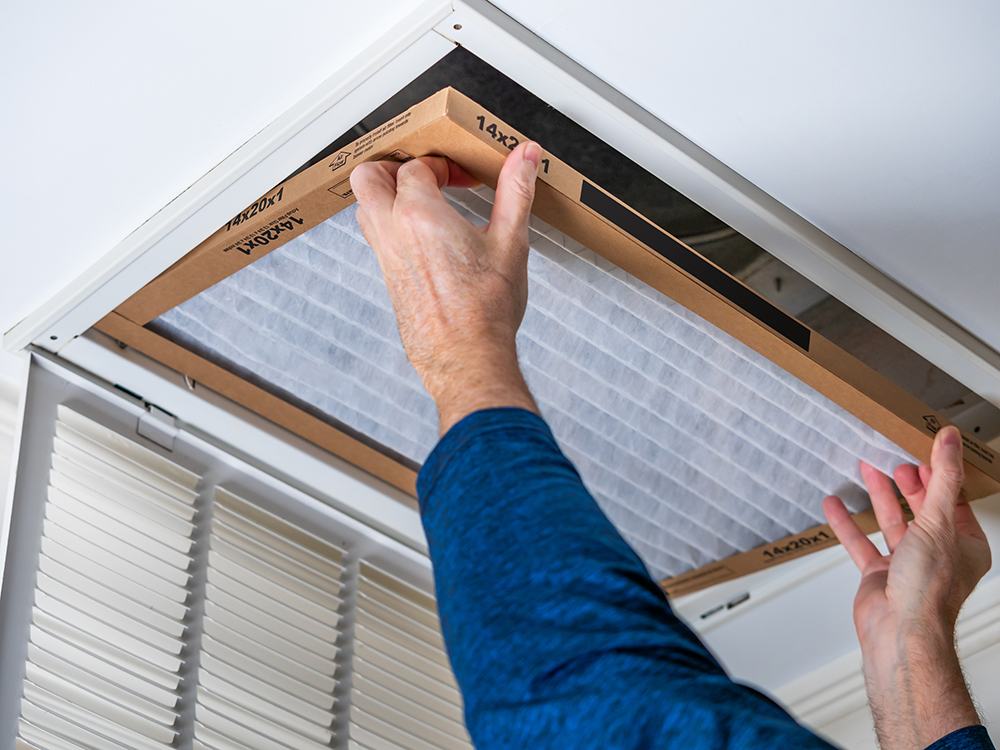Relative humidity might seem like just another weather statistic, but for homeowners, it’s a crucial factor that affects everything from your comfort to your home’s structural integrity. Let’s break down what relative humidity is, why it matters, and how to manage it effectively in your home.
What Is Relative Humidity?
Relative humidity (RH) is the amount of moisture in the air compared to how much moisture the air could hold at that temperature, expressed as a percentage. For example, when we say the relative humidity is 50%, it means the air contains 50% of the moisture it could potentially hold at the current temperature.
Here’s what makes it interesting: warmer air can hold more moisture than cooler air. This is why the same amount of moisture can result in different relative humidity readings at different temperatures.
Why Relative Humidity Matters for Homeowners
Comfort
Most people feel comfortable when indoor relative humidity is between 30% and 50%. When humidity is too high, you feel sticky and warm because your sweat doesn’t evaporate easily. When it’s too low, you might experience dry skin, irritated eyes, and static electricity.
Home Protection
Your home itself is affected by humidity levels:
- Too High (Above 60%): Encourages mold growth, wood rot, and can damage furniture and electronics. It can also lead to peeling paint and wallpaper.
- Too Low (Below 30%): Causes wood to shrink, potentially creating gaps in hardwood floors and wooden furniture. It can also lead to cracking in drywall and wood trim.
Energy Efficiency
Proper humidity levels can make your home feel more comfortable at moderate temperatures, potentially reducing heating and cooling costs.
Seasonal Humidity Challenges
In summer, outdoor humidity is typically higher. Air conditioning helps by removing moisture as it cools your home, but in extremely humid climates, you might need additional dehumidification.
In winter, heated indoor air has a lower relative humidity because warm air can hold more moisture than cold air. This often leads to excessively dry indoor conditions, which can cause discomfort and damage to your home.
Managing Humidity in Your Home
Measuring Humidity
The first step in managing humidity is knowing your levels. Hygrometers (humidity monitors) are inexpensive and available at most hardware stores or online.
For High Humidity:
- Use dehumidifiers in problem areas like basements
- Ensure proper ventilation in bathrooms, kitchens, and laundry rooms
- Fix any leaks promptly
- Use exhaust fans when cooking or showering
- Consider a whole-house dehumidifier for persistent problems
For Low Humidity:
- Use humidifiers in living areas and bedrooms
- Keep houseplants (they naturally release moisture)
- Leave bathroom doors open after showering
- Let laundry air dry indoors occasionally
- Consider a whole-house humidifier attached to your HVAC system
Taking Action
If you’re experiencing persistent humidity issues despite your best efforts, consider consulting with an HVAC professional. At Shafer’s HVAC, we understand that every home is unique. That’s why we take the time to properly assess your situation before recommending the right humidity control solution for your family. Contact us today to schedule your no-obligation humidity assessment, or to learn more about our services.
Remember that managing humidity isn’t just about comfort—it’s about protecting your home investment and creating a healthier living environment for you and your family. With Shafer’s HVAC, you’re not just getting a service provider; you’re gaining a partner committed to your home’s long-term health and efficiency.








